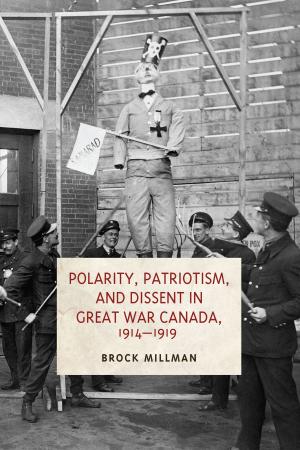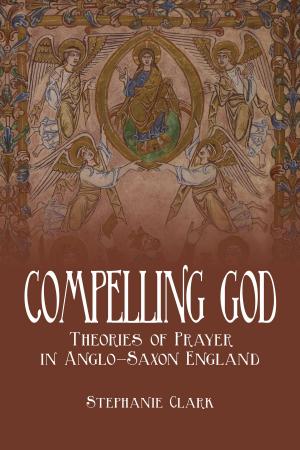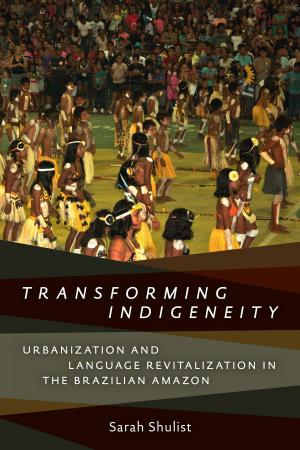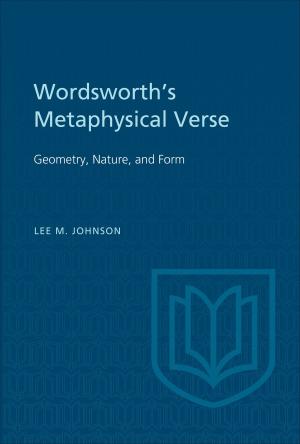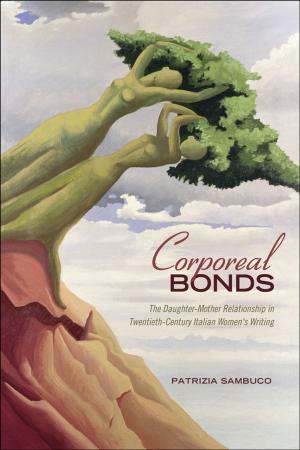The Narreme in the Medieval Romance Epic
An Introduction to Narrative Structures
Fiction & Literature, Literary Theory & Criticism, Medieval, Gothic & Romantic, Theory| Author: | Eugene Dorfman | ISBN: | 9781442638358 |
| Publisher: | University of Toronto Press, Scholarly Publishing Division | Publication: | December 15, 1969 |
| Imprint: | Language: | English |
| Author: | Eugene Dorfman |
| ISBN: | 9781442638358 |
| Publisher: | University of Toronto Press, Scholarly Publishing Division |
| Publication: | December 15, 1969 |
| Imprint: | |
| Language: | English |
In this study Professor Dorfman applies the methods of modern linguistics to literary analysis. Literature may be described as the structured use of language: the modern linguistic analyzes language in a search for the minimal units of sound and form, phoneme and morpheme, and determines the combinations by which they can communicate meaning. The author here searches for a minimal structural unit in the literary narrative analogous to the phoneme and the morpheme in language structure.
Based on a detailed analysis of the Roland and the Cid and twelve additional Romance narratives, Professor Dorfman's argument is that the structure of the medieval Romance epics may be analyzed into functional units which he calls "narremes." He divides a narrative into two types of structure: the superstructure and the substructure. A narrative, by definition, is a series of incidents. All the incidents in the narrative, taken as written, form the superstructure. Analysis, however, shows that many of the incidents may be abstracted from the narrative without deflecting the story-line. On the other hand, other incidents reveal themselves as organically linked with each other, so they cannot be omitted, without destroying the story-line. These selected incidents are the narremes, which make up the substructure of the narrative.
This method of analysis produces so interesting and surprising results, results which make an important advance in research in linguistics and Romance literature.
Eugene Dorfman, as an orthodox structuralist, has focused strictly on the formal descriptions of the narratives; but his analysis leads into the great traditional problems of literary history, and in particular poses anew the problem of the origins of the epic.
In this study Professor Dorfman applies the methods of modern linguistics to literary analysis. Literature may be described as the structured use of language: the modern linguistic analyzes language in a search for the minimal units of sound and form, phoneme and morpheme, and determines the combinations by which they can communicate meaning. The author here searches for a minimal structural unit in the literary narrative analogous to the phoneme and the morpheme in language structure.
Based on a detailed analysis of the Roland and the Cid and twelve additional Romance narratives, Professor Dorfman's argument is that the structure of the medieval Romance epics may be analyzed into functional units which he calls "narremes." He divides a narrative into two types of structure: the superstructure and the substructure. A narrative, by definition, is a series of incidents. All the incidents in the narrative, taken as written, form the superstructure. Analysis, however, shows that many of the incidents may be abstracted from the narrative without deflecting the story-line. On the other hand, other incidents reveal themselves as organically linked with each other, so they cannot be omitted, without destroying the story-line. These selected incidents are the narremes, which make up the substructure of the narrative.
This method of analysis produces so interesting and surprising results, results which make an important advance in research in linguistics and Romance literature.
Eugene Dorfman, as an orthodox structuralist, has focused strictly on the formal descriptions of the narratives; but his analysis leads into the great traditional problems of literary history, and in particular poses anew the problem of the origins of the epic.


